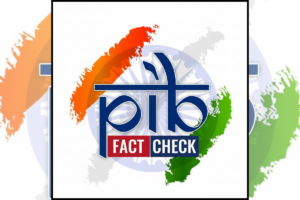
32 Year old model Poonam Pandey died of cervical cancer on Friday, her team said.
As the second-leading cause of death among women in India, the central government is taking steps to make vaccinations against human papillomavirus (HPV) more accessible. Plans include exploring options to cap prices on vaccines to treat cervical cancer, as it is a preventable disease.
Dr. Bindu Bajaj, an Obstetrics and Gynecologist at Safdarjung Hospital, highlights that cervical cancer, primarily caused by HPV, ranks as the fourth most common cancer among women globally. In India, it stands as the most common cancer, with breast cancer following closely. Dr. Bajaj emphasizes the preventable nature of cervical cancer and notes that out of over 100 subtypes of HPV, around 20 are cancer-causing.
Also Read: Reducing Heart Disease Risk: Incorporate These Plant-Based Foods into Your Diet
Dr. Sabhyata Gupta, Chairperson of Gynecology and Gynecology Oncology at Medanta, Gurugram, acknowledges the significant burden of cervical cancer in India. While vaccines have been available, concerns about cost persist. The introduction of a domestically produced vaccine and the government’s commitment to promoting cervical cancer immunization bring hope for prevention. Dr. Gupta stresses the importance of awareness, patient counseling, and community initiatives to enhance vaccine uptake, especially within the recommended age range of 11 to 15 years, extending up to 26 to 45 years with medical consultation.
Highlighting that HPV is transmitted through various forms of skin-to-skin contact, Dr. Gupta explains risk factors such as unsafe sexual practices, compromised immunity, and smoking. Dr. Bajaj adds that risk factors for HPV and cervical cancer include early age at sexual initiation, multiple sexual partners, high parity, herpes simplex, HIV, and co-infection with other genital infections.
Also Read: Soft Drinks Turn Women’s Health Upside Down – A Must-Read Exposé
In terms of screening and treatment, Dr. Bindu emphasizes that HPV testing is the preferred method for cervical cancer screening. Visual inspection with acetic acid (VIA) by trained providers is suitable for low-resource settings until an affordable HPV test is available. A single-visit approach is encouraged, with treatment offered based on colposcopy diagnosis (‘see and treat’) or even HPV test or VIA results (‘screen and treat’) if compliance is uncertain.
To read more such news, download Bharat Express news apps



















